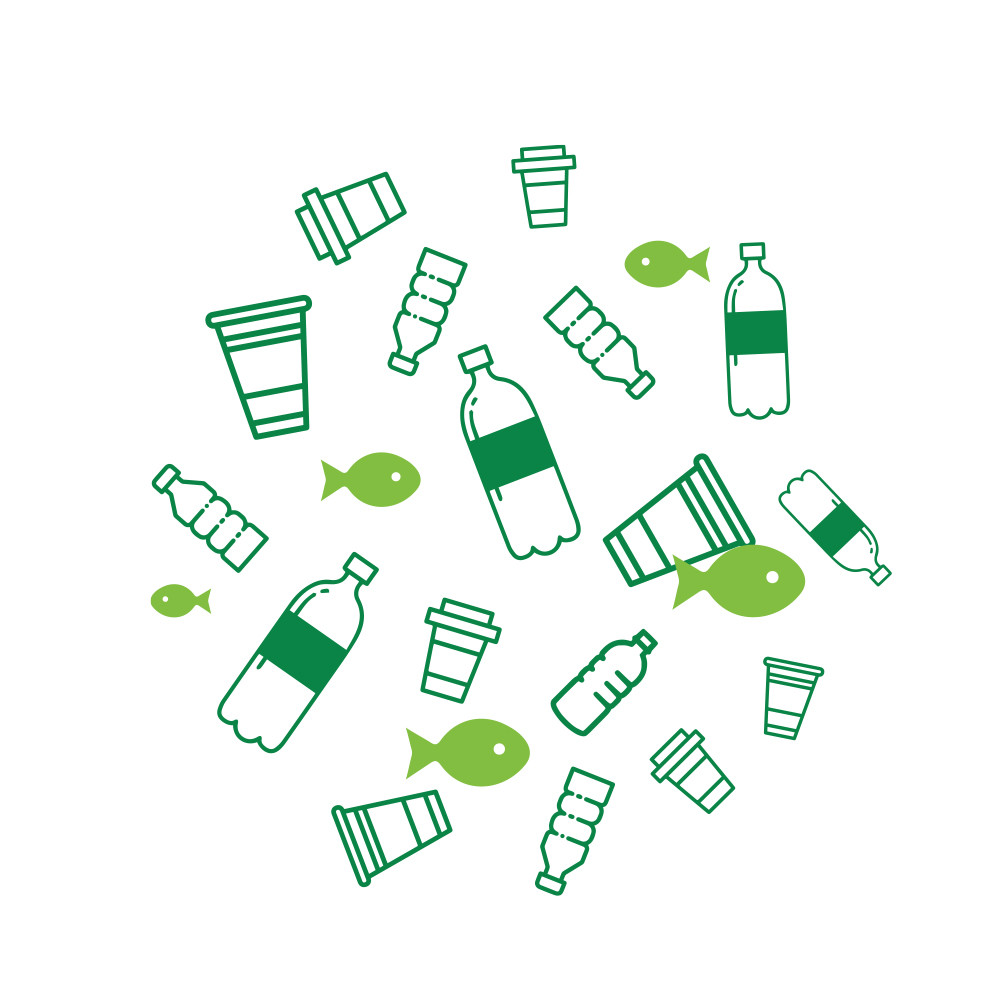
Why We Love PLA Bioplastics
22nd Jul 2020
Have you heard of PLA? If you're working outside of the packaging industry, the different types of plastics are probably not what you're discussing over breakfast or even around the boardroom table. So why should you care?
Here are Some Alarming Stats You May not Know:
We are in a global plastic pollution crisis - and PLA can help get us out of it. By 2050, there could be more plastic in the ocean than fish. Conventional plastics are made from FINITE fossil fuel resources, which means they will run out one day. Only 9% of plastics are recycled. In short, we are facing a global plastic pollution crisis. And this is where PLA comes in.
What is PLA?
Bioplastic made from polylactic acid is compostable and rapidly renewable. PLA, or polylactic acid, is a compostable bioplastic made from plant-based resources. Simply put, its's a plant-based bioplastic that can be recycled through the industrial composting process. This makes it an awesome material when packaging is mixed with food waste – rather than contaminate the recycling with organics, it can all be composted!
5 Reasons we Love PLA
We love PLA bioplastics - here's why.
1. PLA is Made from Renewable Resources
BioPak PLA bioplastic foodservice packaging is made from plants, not oil. Think about it: plants are rapidly renewable and better for the environment, oil is finite, and its extraction, processing, and conversation in products have negative effects on people's health and the environment.
2. PLA has a Lower Carbon Footprint
The production of PLA bioplastic results in 75% lower greenhouse gas emissions compared to conventional plastic derived from fossil fuel resources.
3. PLA is a Compostable Alternative to Many Products
BioPak PLA bioplastic products will biodegrade through the industrial composting process in a maximum of 8 weeks and are certified to Australian and European composting standards (AS4736, EN13432).
4. Less Energy is Required to Create PLA
According to an independent analysis by NatureWorks, producing PLA requires 65% less energy than producing conventional plastics.
5. PLA Aligns with our Circular Economy Goal
A lower carbon footprint and less production energy required are just some of the ways PLA aligns with the circular economy. The best bit is that PLA comes from renewable resources and can be returned to the earth naturally through the industrial composting process – mirroring the cradle-to-cradle model of the circular economy.
Packaging that puts the Planet First
Our packaging must not harm the planet - we want to take care of our home for future generations. BioPak is committed to consciously creating more environmentally responsible alternatives to conventional foodservice packaging. Their packaging solutions are made from rapidly renewable, sustainably sourced materials – like PLA bioplastic. At Planet Friendly Packaging, we are proud to distribute BioPak packaging alternatives. If you want to make the switch to compostable bioplastics, have a look at our product page.
Information taken from BioPak's website. Read about how to avoid greenwashing and why BioPak is a B Corp, on our blog.
Planet Friendly Packaging acknowledges the traditional custodians of the land on which we work. Our thoughts go out to everyone affected by COVID-19. Stay safe.

